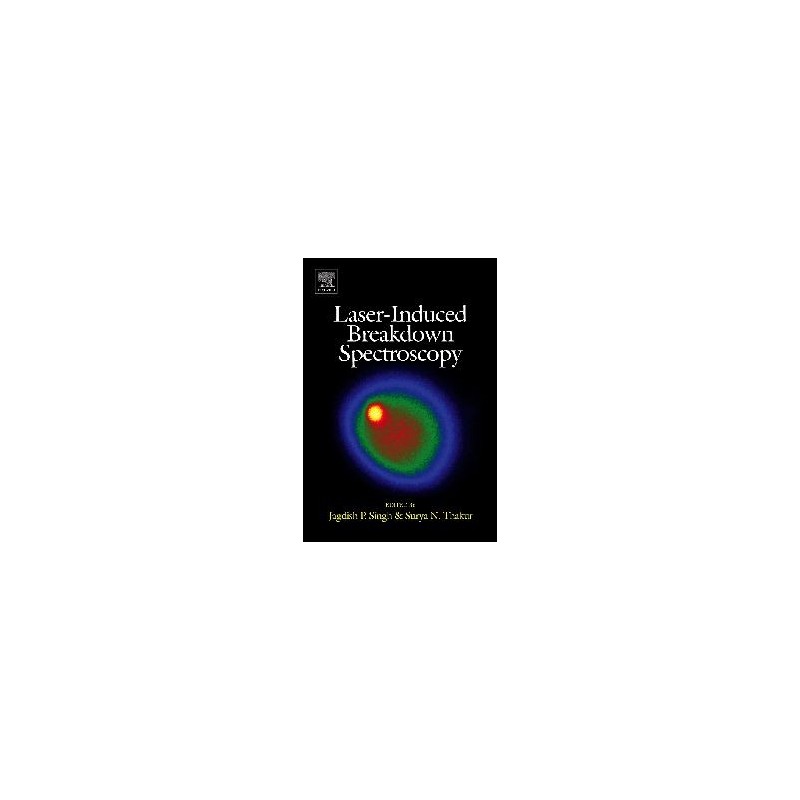- Obecnie brak na stanie



Brak towaru
Brak towaru
Brak towaru
Brak towaru
Filament firmy PlastSpaw cechujący się znakomitym stosunkiem jakości do ceny. Wykonany z wysokiej jakości granulatu ABS. Na szpuli nawinięty jest 1 kg filamentu o średnicy 1,75 mm
Brak towaru
Brak towaru
Przełącznik z przekaźnikiem do montażu w gniazdku. Oferuje możliwość sterowania jednym urządzeniem o prądzie pracy do 16 A i napięciu od 110 do 240V AC lub od 24 do 30V DC. Shelly Plus 1PM
Brak towaru
Michalski Wojciech
Brak towaru
Wyświetlacz graficzny 128x64 z podświetlaniem LED yellow/green, 93x70mm, rozszerzony zakres temperatury
Brak towaru
Dwukanałowy sterownik silników DC, do sterowania dowma silnikami DC lub jednym silnikiem krokowym, zbudowany na układzie L293D z dodatkowym zabezpieczeniem ESD
Brak towaru
Brak towaru
Oprogramowanie LabVIEW 2014 w wersji Home Bundle. LabView służy do wizualnego programowania, projektowania graficznych interfejsów użytkownika, umożliwia także tworzenie interakcji z narzędziami sprzętowymi. 6002-549-000
Brak towaru
Brak towaru
Filament firmy ROSA3D wykonany z wysokiej jakości granulatu PLA. Na szpuli nawinięte jest 0,8 kg filamentu o średnicy 1,75 mm. ROSA3D PLA Starter Dark Blue
Brak towaru
Brak towaru
Filament firmy ROSA3D wykonany z wysokiej jakości PVA rozpuszczalnego w wodzie. Na szpuli nawinięte jest 0,5 kg filamentu o średnicy 1,75 mm. ROSA3D PVA Natural
Brak towaru

